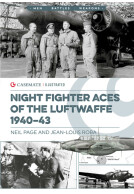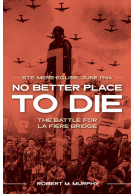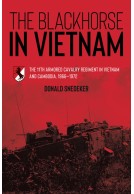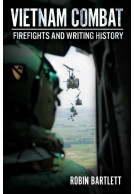Ethnoarchaeology of Rock-cut Tombs (Hardback)
A Study of Toraja Cemeteries (Sulawesi, Indonesia)
Pages: 528
Illustrations: 50 b/w and color photographs plus maps and sketches
ISBN: 9798888572207
Published: 15th June 2025
(click here for international delivery rates)
Need a currency converter? Check XE.com for live rates
The Marines and Corpsmen of Delta Company, 1st Reconnaissance Battalion, 1st Marine Division were surrounded by the North Vietnamese Army (NVA) for six hundred days in 1969 and 1970 during the Vietnam War. Hill 119 is a rise on a finger of land. Located twenty-eight kilometers south of Da Nang that overlooks the Thu Bon River Basin and Go Noi Island. The hill provided Marines with an excellent 360-degree view of the region that was known as “Indian Country," and so it was occupied as an Observation Post. Its original mission was to support Operation Taylor Common, Task Force Yankee's push west into Gen Binh's Base Area 112.
The Observation Post produced immediate results with supporting arms inflicting casualties on the NVA. Based on its immediate and enduring success as a tactical obstacle for the NVA, the OP became a key piece in the defense of the Da Nang Vital Area. The Marines called supporting arms every day and every night. They rained fire down on the North Vietnamese Army (NVA), and killed over a thousand enemy fighters. They posed such a threat that Gen Binh assigned his elite T89 Sapper Battalion to eliminate the Recon Marines on Hill 119. Throughout this period, as part of a six-man team, each Recon Marine would run multiple adrenaline-filled patrols deep into enemy territory in small teams for six weeks and then serve for two weeks on the OP. Despite its danger, the Marines considered OP duty as a relaxing break.
This first full account of Hill 119, written by historian Michael Fallon, who served as reconnaissance patrol leader on Hill 119, is based upon firsthand accounts from the Recon Marines, carefully cross-referenced with patrol reports and command chronologies. It covers the Marines’ experiences in the bush, on the hill, and in the rear. The role of new battalion commanders, with their changing tactics is discussed: the six officers impacted the battalion with their personalities as well as their planning and execution of the changing missions with the always changing enemy situation, from classic Keyhole snoop and poop patrols to aggressive Stingray patrols, designed to inflict casualties.















